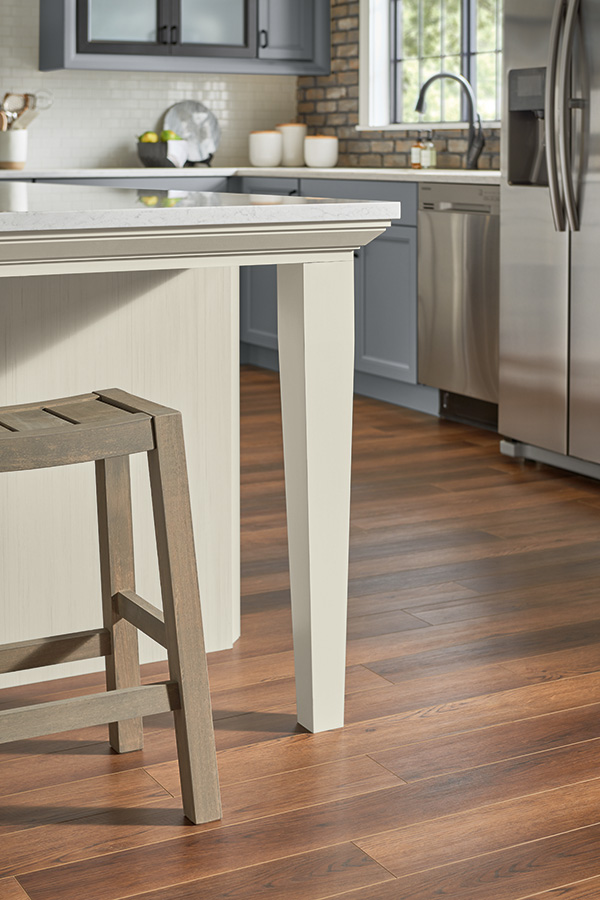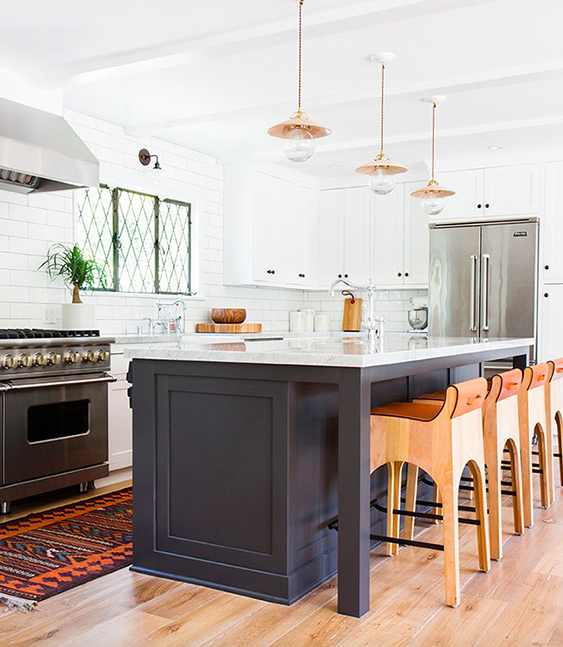How to Install a Kitchen Island Leg for Maximum Stability and Style
How to Install a Kitchen Island Leg for Maximum Stability and Style
Blog Article
The Importance of a Sturdy Kitchen Island Leg in Producing a Functional Food Preparation Location
A strong cooking area island leg offers as a basic component in developing a useful cooking environment, supplying essential support for both the counter top and different cooking area activities. As cooking areas advance into multifunctional locations for cooking, eating, and interacting socially, the choice of materials and layout factors to consider for island legs ends up being progressively crucial.
Advantages of Sturdy Island Legs
Giving crucial assistance, strong kitchen island legs play a pivotal role in boosting the performance and resilience of kitchen area islands - kitchen island leg. These legs not only bear the weight of the kitchen counter and any additional products put on the island, yet additionally add to the general security of the framework. A well-supported kitchen island makes sure that it stays upright and functional, also under hefty usage, which is specifically vital in hectic kitchen area environments
Additionally, sturdy island legs can boost the visual allure of the kitchen. They offer a solid framework that can enhance different layout styles, from contemporary to typical. This versatility enables house owners to personalize their kitchen area islands according to personal taste while making certain that the architectural honesty remains uncompromised.
In enhancement to their helpful duty, robust kitchen island legs can also improve safety and security. A steady island lowers the threat of accidents triggered by wobbling or tipping, which is especially critical in homes with children or senior individuals. Strong legs can promote a seamless flow of tasks, allowing for efficient dish preparation and social interactions within the kitchen area. Inevitably, buying tough cooking area island legs is essential for a useful and aesthetically pleasing cooking area.
Products for Kitchen Island Legs
When selecting products for kitchen island legs, longevity and aesthetic allure are critical elements to think about. One of the most typical materials include hardwood, metal, and engineered timber, each offering special advantages.
Wood, such as maple, oak, or cherry, is a traditional option due to its strength and classic elegance (kitchen island leg). It can stand up to significant weight and is immune to use, making it suitable for high-use cooking area atmospheres. Furthermore, hardwood can be discolored or painted to match various cooking area designs
Steel legs, frequently crafted from stainless-steel or wrought iron, give a modern-day and commercial appearance. They are exceptionally strong and can support significant tons while being resistant to wetness and warm, which is beneficial in a cooking location. Metal legs can also be quickly cleaned, enhancing their usefulness.

Layout Factors To Consider for Security
The option of materials for kitchen island legs directly influences the style factors to consider for stability. When creating a kitchen area island, it is vital to review the weight-bearing ability of the selected products. Larger navigate to this site products, such as strong timber or metal, usually offer better security, specifically under the stress of everyday use.
Furthermore, the leg design should include appropriate geometry to boost stability. A bigger base enhances the assistance area, lessening the threat of tottering or tipping. Consideration must also be provided to the height of the legs; out of proportion leg sizes can lead to imbalance, jeopardizing the general security of the island.
Additionally, the circulation of weight throughout the island is important. Making certain that the leg placement lines up with the heaviest components, such as appliances and counter tops, will certainly even more boost security.
Upkeep Tips for Durability

Cleaning up is an additional essential facet of maintenance. Depending upon the product of the legs-- whether timber, steel, or composite-- proper cleansing approaches need to be utilized. For wooden legs, a mild wipe with a wet fabric and an ideal wood cleaner will assist preserve their coating. Steel legs may call for a light polish to stop corrosion and keep their luster.
Additionally, tightening up screws and screws consistently can guarantee security and avoid tottering. If the kitchen island experiences hefty usage, think about enhancing the legs with extra braces or supports to boost durability. Finally, using a safety surface or sealant can safeguard versus dampness and discolorations, extending the lifespan of the legs. By adhering to these maintenance ideas, homeowners can ensure their kitchen island legs stay practical and robust for several years to come.
Picking the Right Leg Style
Routine This Site upkeep makes sure that cooking area island legs remain durable and practical, yet choosing the ideal leg design is just as vital for both aesthetics and support. The option of leg style can significantly affect the overall design and harmony of your kitchen area.

Capability is one more essential facet. Thicker legs or those with a sturdy base can sustain much heavier kitchen counters and devices, improving the island's energy. Conversely, slender legs might produce a ventilated look, appropriate for lighter styles but potentially less encouraging.
Final Thought
In recap, the relevance of sturdy kitchen island legs can not be overstated in the creation of a functional food preparation area. These legs supply essential support, improve security, and contribute to the total visual of the kitchen. By very carefully picking suitable products and layouts, along with executing proper maintenance methods, the longevity and effectiveness of kitchen area islands can be ensured. Inevitably, spending in durable island legs is fundamental to achieving a secure and efficient culinary atmosphere.
A tough cooking area island leg offers as a fundamental component in establishing a useful cooking environment, giving required support for both the counter top and different kitchen area activities.Providing important assistance, tough cooking area island legs play a critical role in boosting the functionality and durability of kitchen islands. Ultimately, investing in strong cooking area island legs is essential for a functional and aesthetically pleasing cooking area.
Consideration needs to likewise be offered to the height of the legs; out of proportion leg sizes can lead to inequality, compromising the general security of the island.
Wooden legs give heat and a classic appearance, while steel legs supply a contemporary and commercial feel.
Report this page